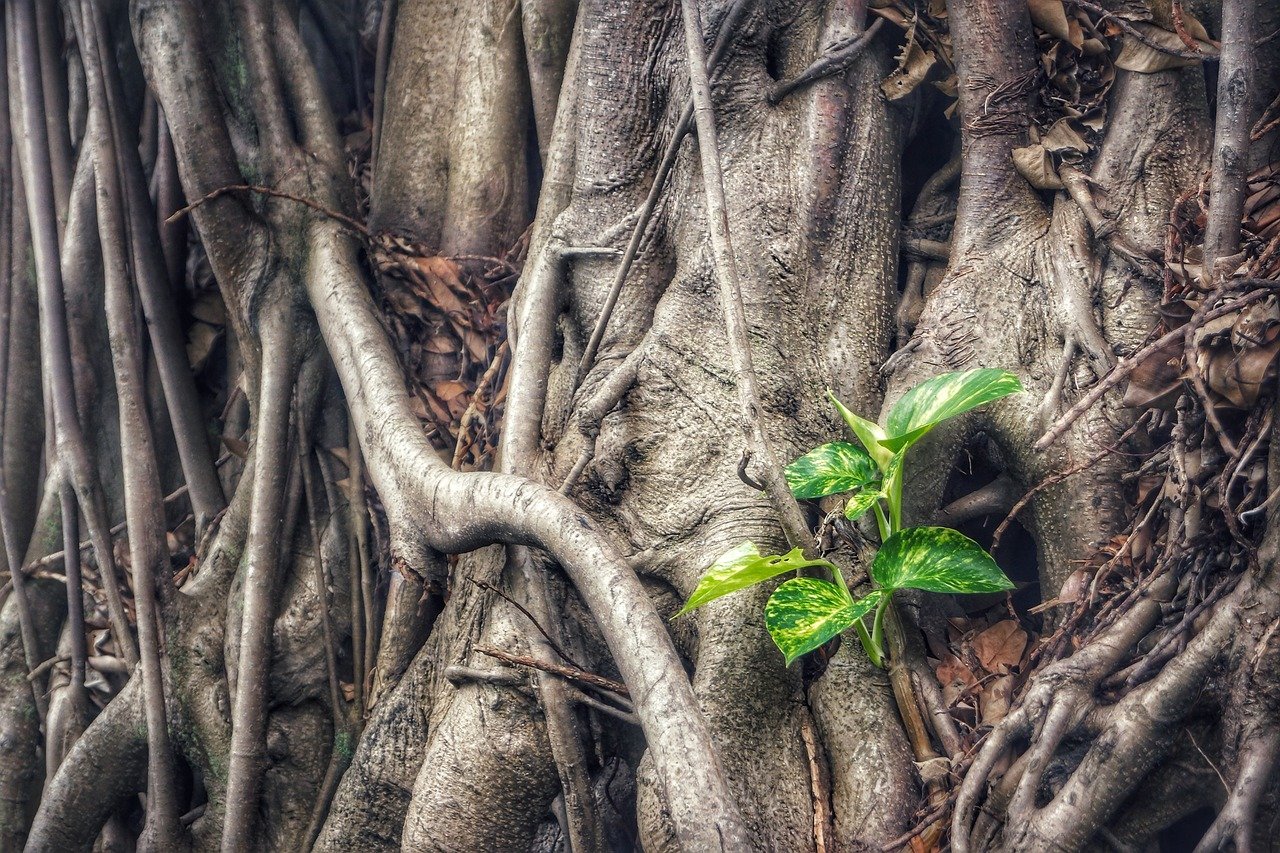
The poto, also known as pothos, is a climbing vine that is very common in homes. And it is not surprising, because it has very beautiful green leaves, its care is simple and it is easy to reproduce. It is actually a tropical plant that, in the wild, grows under the protection of tree leaves, thus avoiding direct sunlight. For this reason, it is an ideal vegetable to have inside our home, as it prefers to avoid direct light. However, there is always the risk that some of the diseases of the poto will appear, so it is very important to know how to detect and treat them in time.
To help you with this, we will first explain what the different symptoms may be due to, such as the discoloration of the leaves or the appearance of spots. It is not always a disease, because the poto It is a quite sensitive plant that immediately makes us see if something happens to it, such as a lack of water or an excess of it. Then we will talk about the most common potho diseases. So if you have a copy, or several, of this plant at home, I recommend that you continue reading this article, as we will give you very useful information for the care of this plant.
How to know if my pothos is sick?
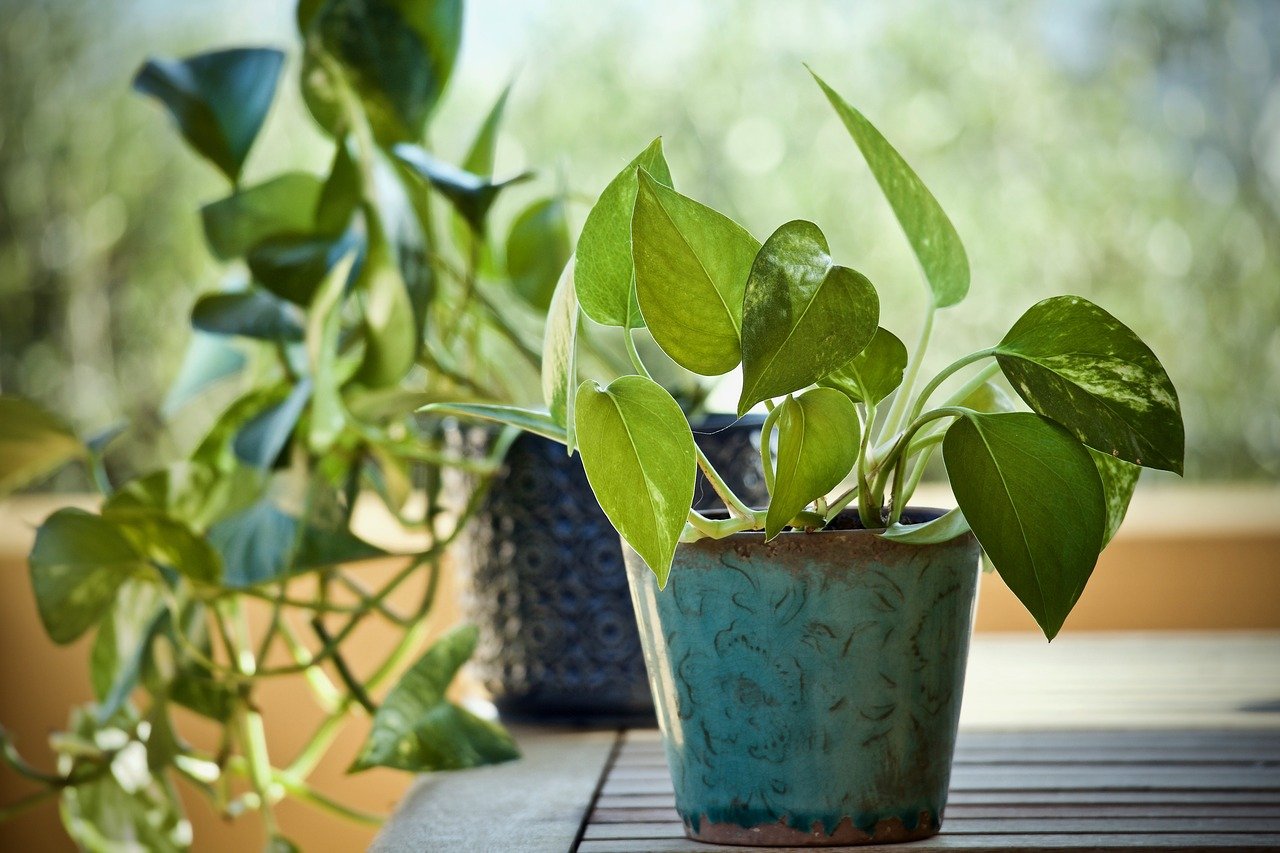
When vegetables are suffering for some reason, whether due to pests, diseases or simply due to unsatisfactory care, they show it. There are several signs that we can observe in plants that indicate that something is wrong. First we must be able to rule out that it is a plague or carelessness on our part. Among the pests that usually affect the pothos are the Red spider, cochineal and trips.
In order to rule out that it is a lack or excess of something, We must take into account the following signs and their possible causes:
- Lank and yellow leaves: Lack of water. Need to water more. The substrate is probably dry.
- Yellow leaves, but not limp: Pothos are quite sensitive to iron deficiency, which ends up producing iron chlorosis. So it could be due to the lack of iron in the substrate. In this case, the best we can do is add iron chelates or use a fertilizer rich in iron.
- limp leaves: You are experiencing dryness or are exposed to direct sunlight.
- Stems and wrinkled leaves that fall off: The poto has been cold. This plant does not tolerate temperatures below ten degrees very well.
- Loss of color of the leaves: It requires more light. But be careful, it should not be exposed to direct sunlight.
- Leaves with yellow and brown spots: It is quite likely that in this case the poto has an excess of water. It is best to let the substrate dry out before watering it again, and to do so less frequently. It is important that we remember that the poto does not support constant humidity well, much less waterlogging.
The most common potho diseases
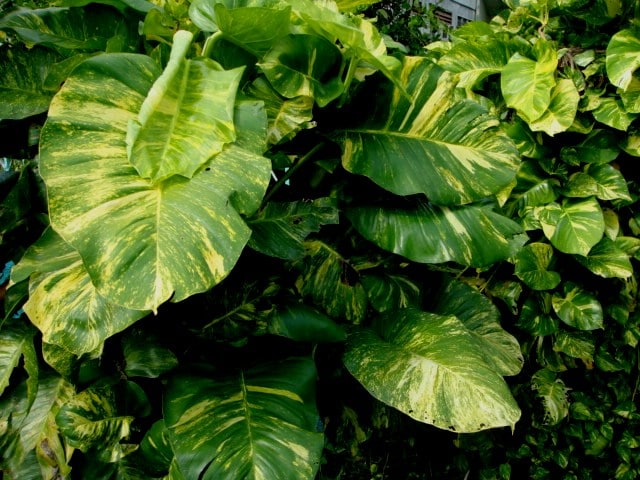
Once we are clear that our plant is not suffering from a pest or neglect, we can begin to suspect that it is a disease. While it is true that most diseases are usually fungal, it can also be the case of some pathology caused by bacteria or viruses. In order to be able to recognize the different diseases and apply a treatment, we are going to talk next about the diseases of the poto more common.
stem and root rot
In the first place we have stem and root rot. This disease is quite serious and is caused by fungi rhizoctonia y Pythium. Once the vegetable is infected, there is little we can do. Generally, in nurseries that produce pothos commercially, they usually apply a preventive treatment using fungicides, but at home this is ruled out.
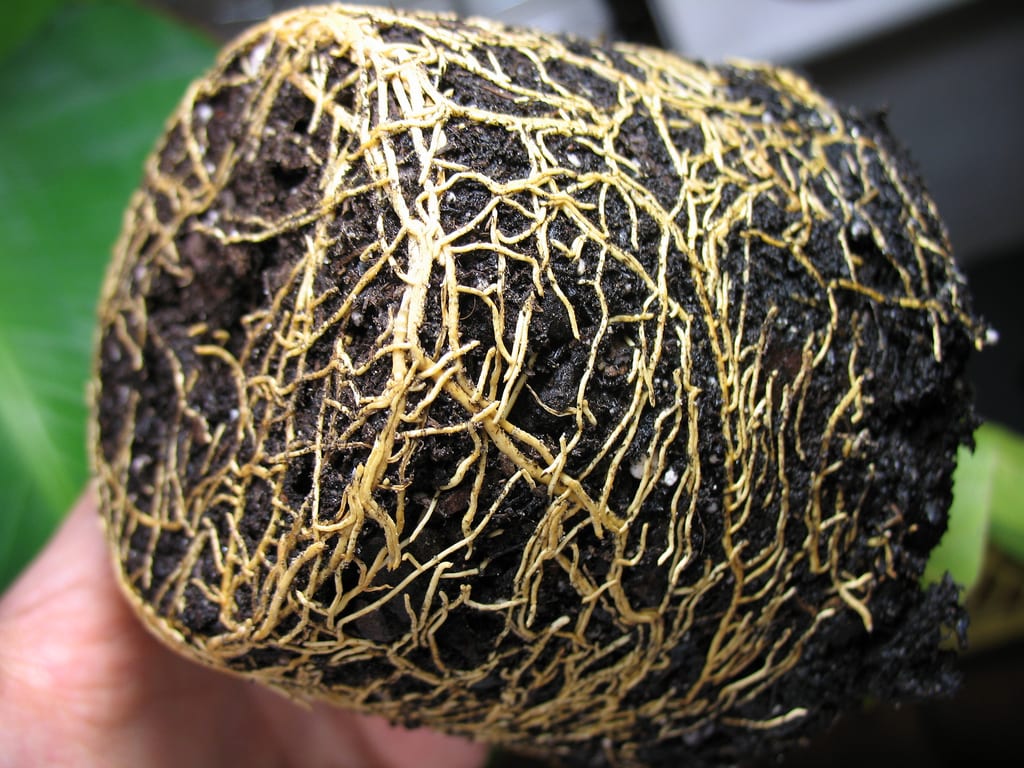
In general, fungi have an easier time penetrating vegetables when there is high humidity, so it is essential to avoid excess water. This is a breeding ground for rhizoctonia y Pythium. At home we must try to prevent the appearance of this fungal disease through irrigation control and always without spraying.
fungus stains
Apart from rhizoctonia y Pythium, there are many fungi that can cause damage to pothos. Generally we can see spots on the leaves when the plant is affected by a fungal disease. In most cases, the application of a copper fungicide will do the trick. It also helps a lot if the pot or soil has good drainage. This will allow less water to accumulate and it is less likely that fungus will start to appear. Obviously, we must always remove the damaged parts of the plant. However, we should not rule out the idea of throwing away the entire vegetable if the vast majority of it is affected by fungi.
Bacteria
Not only fungi are responsible for potho diseases, but also some bacteria, specifically those belonging to the genera Pseudomonas y erwinia. These cause watery spots on the leaves of the pothos. It is a deadly disease that, unfortunately, has no cure. The best we can do in these cases is to remove the affected parts and hope that it has not spread further. Fortunately, diseases caused by bacteria are much less common than fungal diseases.
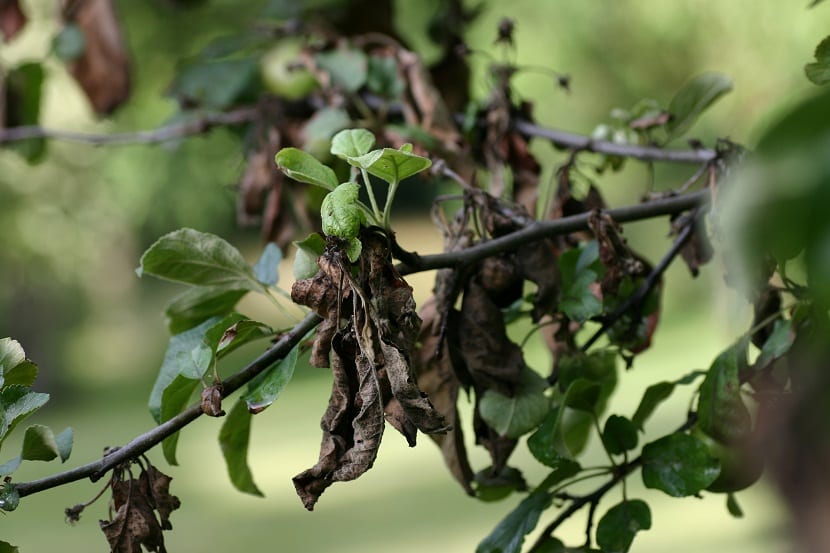
Now you know the most common potho diseases, but in most cases it is simply a matter of poor care that we are giving to the plant. Therefore, it is best to know exactly what the poto care. If we make sure to take care of it and keep it well, it is very unlikely that it will suffer from any disease. Preventing the appearance of pests will also help us prevent the appearance of diseases, since some of the parasites transmit or facilitate the appearance of certain pathogenic agents.
Hello, I have had a pothos in water for years, at the end of the summer I cleaned all the roots and cut the excess, they were blackish and the water was green. After cleaning it revived, but now brown spots appear on some leaves that I am removing. Not in all branches, one here, another there... But it doesn't give me a good feeling. The water does not change it, it only fills it, but it is making a viscous and transparent "cream" that has never been done before. A little advice please. Many thanks.
Hello Ana.
I don't know if you're going to like what I'm going to tell you, but my advice is to plant your pothos in a pot with soil, for the simple reason that it is not an aquatic plant, but soil.
Surely those leaves are bad because of that excess water that it has in its roots.
A greeting.